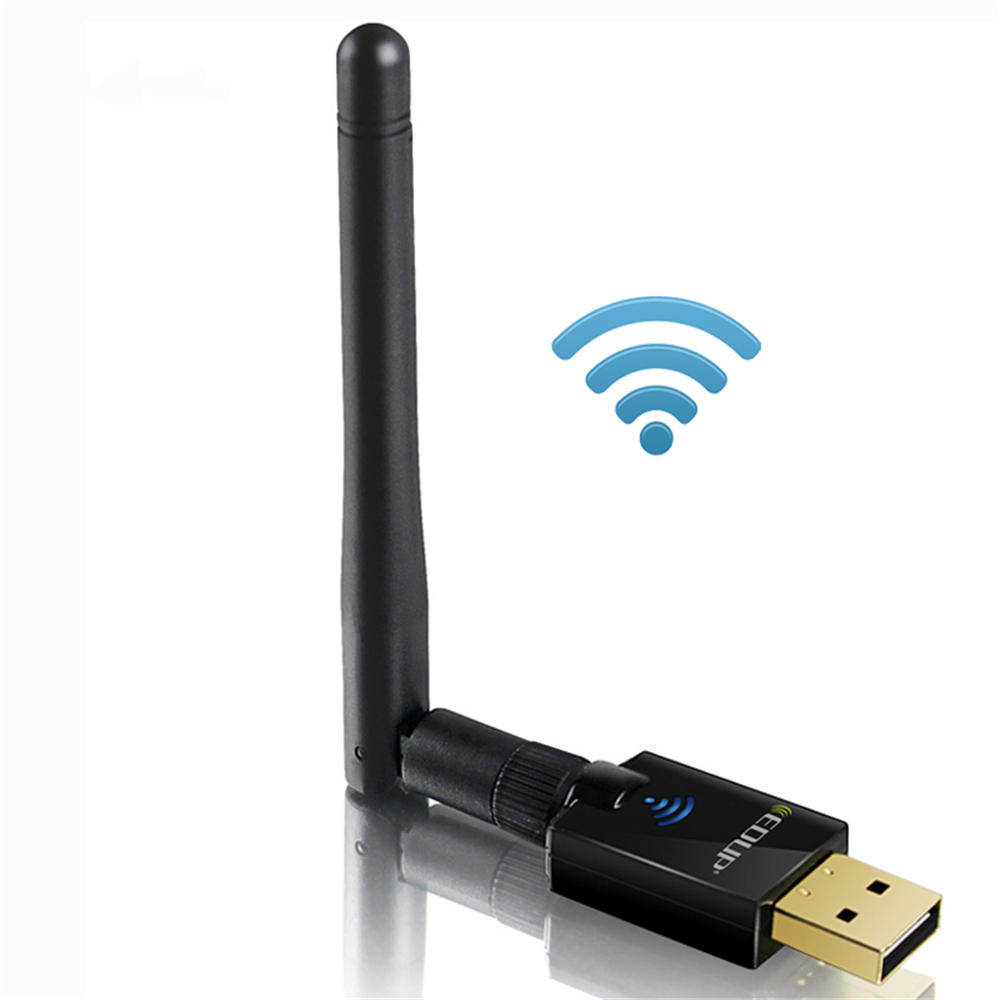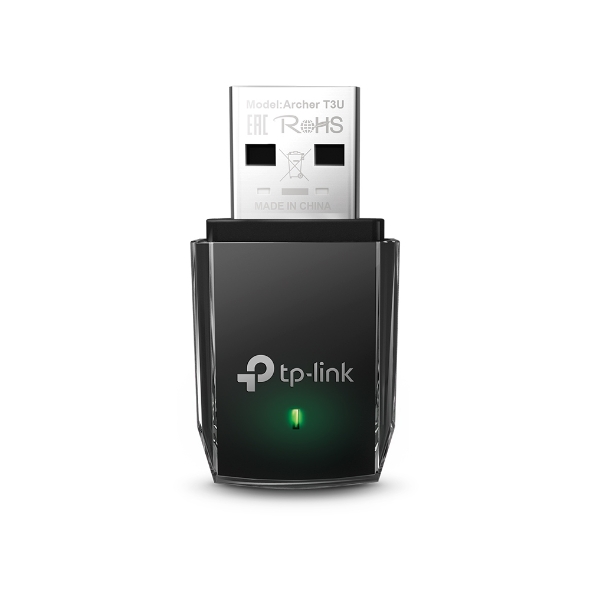


If your router supports WPS for easy connections, you can select that from the menu, and the utility generates a connection PIN. While connected, a tiny blue LED is lit on the adapter. Unlike Apple’s hidden Option-click for its Wi-Fi menu to reveal more details about the currently connected and available Wi-Fi networks, Edimax’s just shows the names and fills in the wireless wave form to approximate signal strength. You use the utility menu to change the network to which you want to connect, however.
#Best 802.11ac usb adapter for mac driver#
(It looks a bit like an electronic cigarette releasing green vapor.)īehind the scenes, the driver updates network settings, so you can modify details (like DNS or other elements) via the Network system preference pane. After rebooting, you’ll find an old-style line drawing of an adapter in your menu bar, and you use that menu instead of the macOS Wi-Fi menu to manage the connection.
#Best 802.11ac usb adapter for mac install#
You have to install a custom driver and then restart to use the adapter. The wireless utility mimics Apple’s Wi-Fi menu to manage network connections. If you don’t have 802.11ac or don’t have the newest wave, the Edimax future proofs your update. On busy networks that have Wave 2 routers, your adapter will take up only half the simultaneous capacity while it’s communicating. Edimax also includes beamforming, which lets an adapter and router focus more of their transmitting signal energy at each, producing a stronger (and thus often faster) connection.Įdimax says the AC1200 adapter maxes out at 300Mbps in 2.4GHz (with 802.11n) and 867Mbps in 5GHz (with 802.11ac). A computer might fill the typical four slots available, while the Edimax AC1200 fills two and some mobile devices only use one. MU-MIMO allows a Wave 2 router to divvy up the simultaneous conversations it can have among multiple devices if those devices can’t occupy all the slots.

Wave 2 adds new features that can increase throughput and help with network capacity, but not all routers (and none of Apple’s) support it. (All current models for sale of Macs, iPhones, and iPads have 802.11ac.) The first standards in the family, 802.11a and b, appeared in 1999 the latest, 802.11ac, starting appearing in Apple’s base stations and Macs in 2013, and later in iOS devices. You may know that Wi-Fi is a trademark used by a trade group to cover a variety of wireless LAN (WLAN) standards that start with 802.11. Rather, it’s the very hippest and latest thing: it uses 802.11ac Wave 2 with MU-MIMO, terms which require some unpacking. Even better, the Edimax adapter isn’t an old flavor of Wi-Fi.


 0 kommentar(er)
0 kommentar(er)
